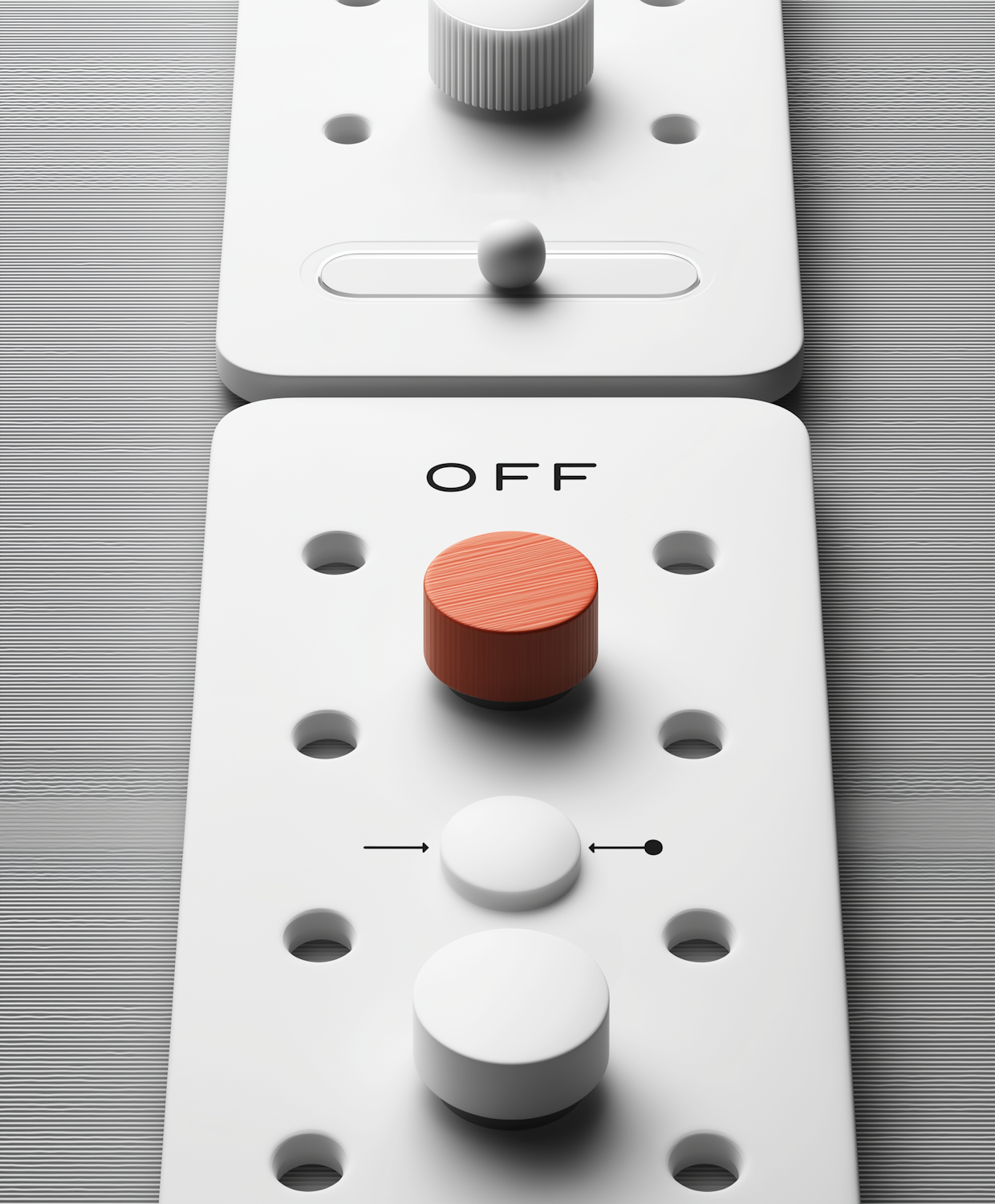
When it comes to enhancing user experience in web forms, understanding the various input types is essential. Checkboxes and radio buttons might seem similar at first glance, but they serve distinct purposes and offer different advantages. Checkboxes are particularly user-friendly, allowing for multiple selections with a single click, while radio buttons constrain users to one option. In this article, we delve into the specifics of checkboxes and their ease of use compared to radio buttons, highlighting their advantages and best practices for implementation.
Understanding Checkboxes and Radio Buttons
Checkboxes are square boxes that users can check or uncheck, indicating a selection or preference. They are perfect for cases where multiple selections are possible. For instance, if a user is registering for an event and needs to choose multiple workshop options, checkboxes are the ideal choice.
In contrast, radio buttons are circular and limit the user's selection to one option only among multiple possibilities. This is useful for scenarios like selecting a preferred contact method — the user must choose between options such as email or phone.
Why Checkboxes Are Easier to Work With
- Flexibility: Users can select one, multiple, or none, which offers more flexibility in input.
- Simplified User Experience: For users, the act of checking boxes is often more intuitive and less restrictive than selecting a radio button, reducing the cognitive load.
- Visual Clarity: Checkboxes clearly show available selections, making it easier for users to understand what options they can select.
Best Practices for Using Checkboxes
- Labeling: Ensure each checkbox has a clear, descriptive label. This helps users understand what each checkbox represents.
- Grouping: When implementing multiple checkboxes, group them logically so users can quickly ascertain their choices (e.g., options for dietary preferences).
- Defaults: Use default checked states judiciously. It can lead to higher completion rates, but also potentially frustrate users if not aligned with their preferences.
Conclusion
In conclusion, checkboxes are a powerful tool for enhancing user interactions on web forms. They offer simplicity and flexibility that can lead to better data collection and an improved user experience. Explore how you can implement checkboxes effectively in your next project to streamline user input.
For more insights on software solutions tailored to your business needs, get in touch with us here. Let’s modernize your web forms together!
#UserExperience #WebDevelopment #Checkboxes #FormDesign #UI
#UserExperience,#WebDevelopment,#Checkboxes,#FormDesign,#UI
